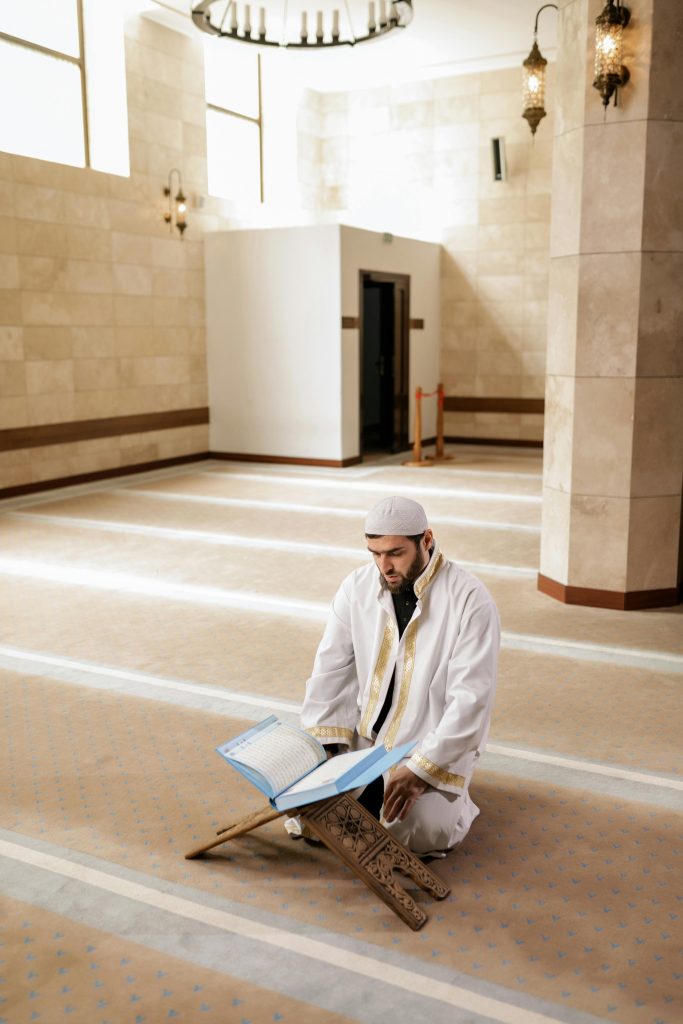
Discovering Values Within Hijab
Hijab, a term often misconstrued as merely a piece of cloth, carries a profound significance in Islam.
It is a concept deeply rooted in the teachings of the Quran and Hadith, embodying values
that extend beyond physical appearance.
This blog post aims to delve into the foundations of Hijab,
exploring the virtues and lessons that it embodies through the lens of the Quran and Hadith
The Concept of Hijab in the Quran (Discovering Values Within Hijab)
The Quran, the holy scripture of Islam, first introduces the concept of Hijab in Surah An-Nur (24:31). The verse, translated, reads, “And tell the believing women to reduce [some] of their vision and guard their private parts and not expose their adornment… And let them not stamp their feet to make known what they conceal of their adornment.” This verse underscores modesty as a fundamental value of Hijab.
It encourages women to dress modestly, not as a means of oppression but as a form of emancipation, allowing them
to be recognized for their intellect and character rather than their physical attributes.
Another verse in Surah Al-Ahzab (33:59) states, “O Prophet, tell your wives and your daughters and the women of the believers to bring down over themselves [part] of their outer garments. That is more suitable that they will be known and not be abused…” This verse highlights the protective aspect of Hijab, suggesting that it serves as a shield against unwanted attention and abuse.
The Prophetic Teachings on Hijab:
The Prophet Muhammad (PBUH) emphasized the importance of Hijab through his actions and words. He said,
“Allah does not accept the prayer of a woman who has reached puberty unless she wears a Hijab” (Abu Dawud).
This Hadith underscores the spiritual significance of Hijab, indicating
that it is not just a recommendation but a requisite for a Muslim woman’s prayer accept.
In another Hadith, the Prophet (PBUH) said, “Every religion has a unique feature
,and the unique feature of Islam is modesty” (Ibn Majah).
This Hadith encapsulates the essence of Hijab as a symbol of modesty and humility,
values that are central to Islamic teachings.
Conclusion:
The concept of Hijab in Islam transcends the physical realm.
It is a manifestation of modesty, humility, and spirituality, values
that are deeply rooted in the teachings of the Quran and Hadith.
It is a choice, a means of expressing one’s faith and commitment to Islamic values. As we continue to explore and understand the concept of Hijab,
let us remember the profound wisdom and teachings that it embodies, as revealed in the Quran and Hadith.








